Water quality in Barcelona beaches
The City of Barcelona uses a satellite-based service to monitor coastal water quality
The City of Barcelona is located on the West coast of the Mediterranean Sea. The population is about 1.650.000 inhabitants. Around 7.5 million tourists visit the city every season.
The mission of the department of Environment of the City of Barcelona is to build a sustainable city, respectful of the environment and with no carbon emissions. To achieve these goals, the department implemented several initiatives, promoting the use of electric public transports and raising awareness on environmental issues in schools. An important transformation of the coast also took place in order to convert degraded areas into first quality beaches.
The challenge
The City manages eight beaches. During summer, around 200 people work to maintain the beaches in good shape. The high number of users (3.5 million in the summer time), as well as urban development pressure on the coast affect water quality and imply a significant effort from the municipality to offer a good service and to reliably control of water quality.
The Department of Environment thus needed an efficient and accurate tool to frequently monitor coastal water quality.
The satellite solution
The City of Barcelona adopted Barnamar, an information service based on satellite imagery, in 2010. It enables the Department of Environment to monitor four water quality parameters: the suspended matter, the transparency of the water, the temperature and algae bloom. The service is operational during bathing season, which runs from June to September. The maps are updated every two to three days, with a 24 hour delay for processing the images.
The service is used in addition to other monitoring tools such as visual control and analyses in laboratories.
The result
The service proves to be an efficient information and awareness raising tool. Indeed, the city benefits from real-time information on water quality disseminated through a dedicated webpage. A smartphone app for citizens, tourists and beach managers is in project. With four years of data available, the City of Barcelona is hoping to create historical maps to track the evolution of each parameter per beach and per season, establish the average level of each parameter and identify the areas most vulnerable to temperature increases or human activities.
“Thanks to satellite imagery, we can offer accurate information, in real-time, to citizens and tourists, and raise awareness on coastal water quality” Xavier Amat, Head of water supply and of the integral coastal management programme of the City of Barcelona
Barcelona’s beaches could vanish as authorities abandon ‘enhancement’
For the 1992 Olympic Games, Barcelona rediscovered the sea. It beefed up its beachfront using thousands of tons of sand, and the area is now packed with tourists and lined with beach bars. Barcelona’s beach may be partly artificial, but it’s big business.
The way things are going, however, soon there won’t be any beach at all. Across Catalonia, rising sea levels and winter storms are eating away at the coastline. Up to now, what is washed away in winter has been replenished in spring with sand dredged from within the breakwaters or from estuaries and ports. However, the practice of “enhancing” beaches in this way is now widely seen as futile and environmentally damaging. Without it, little by little, the city’s beaches could revert to the gravelly strips they were only 30 years ago.

The culprit is erosion. Of the 700,000 cubic metres of sand sent by the Spanish government to the coast of Barcelona province in 2010, 70% has since disappeared. Barcelona’s nine city beaches have been losing about 30,000 cubic metres of sand a year, according to the municipal water authority’s Patricia Giménez, who is responsible for beaches in the greater Barcelona area.
The erosion is accelerating as a result of the climate crisis. Bogatell beach, at the north end of the city, has shrunk from 36,000 cubic metres in 2010 to 15,000 cubic metres today. Overall, Catalonia’s beaches have lost 25% of their sand since 2015.
Giménez says photographic evidence suggests there were no beaches at all until the first breakwater was installed near the port in the mid-18th century, creating the beaches of Barceloneta and Sant Sebastià. Then came the 1992 Games, with the new “enhanced” beach helping transform Barcelona into a tourist capital.
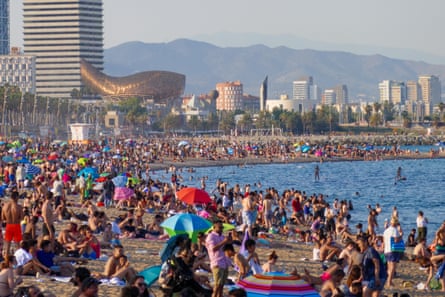
The city has now established a group of experts to study the future of the beaches. Giménez says: “It’s important to bear in mind that beaches not only serve to protect the coast, but have a social value for the people of Barcelona, who use them to swim, for sport, meditation or what have you.
“The group concluded that, until we find an optimum solution, we need more sand to give us time to develop other solutions.”
The city is still waiting for the Spanish government to agree to pay for a further tranche of sand. But with the tourist season already in full swing, it’s unlikely that there will be any change before the autumn.
The Catalan government opposes dumping any more sand, which it describes as a waste of money. Mireia Boya, the regional government’s head of climate action, instead proposes measures that work with nature, such as dune recovery.
“The natural dynamic will lead to the loss of sand in many places,” says Boya. “Sea levels will rise and we will have narrower beaches. Some smaller beaches will acquire more sand and others will disappear.”
When Storm Gloria hit Spain’s east coast in January 2020, 157,100 cubic metres of sand was lost, of which less than half has been recovered. Since then, central government has spent €5.3m (£4.7m) shoring up Catalonia’s coastal defences, but the money was largely spent on breakwaters and sea walls, not sand.
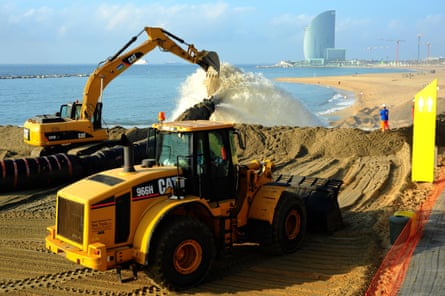
“This situation has come about because the beaches are largely artificial, through the urbanisation of the Catalan coastline, which is the most developed in Spain, rising sea levels and the destruction of sand dunes,” says Marta Martín-Borregón, a Greenpeace spokesperson on oceans.
“In addition, ports and breakwaters affect the currents, which no longer bring sediments to the beaches, which is what they would do naturally.”
A report by the Barcelona metropolitan area authority (AMB) says that the expansion of the marina at El Masnou on the Maresme has blocked the flow of between 50,000 and 100,000 cubic metres of sediment a year, contributing to the erosion of the beach at Montgat, eight miles north of Barcelona, which has shrunk by about 80%.
Meanwhile, about 60 miles south in Altafulla, in the province of Tarragona, they have tried without success to create sand dunes as a means of conservation.

“To create dunes you need more sand and there is only one part of the beach where we can do it and it hasn’t worked out,” said Marisa Méndez-Vigo, Altafulla’s deputy mayor.
In the absence of government support, the council has set aside €50,000 to buy sand, but Méndez-Vigo says that, at €8 to €10 a cubic metre, this is little more than a stopgap.
Water Quality in Barcelona
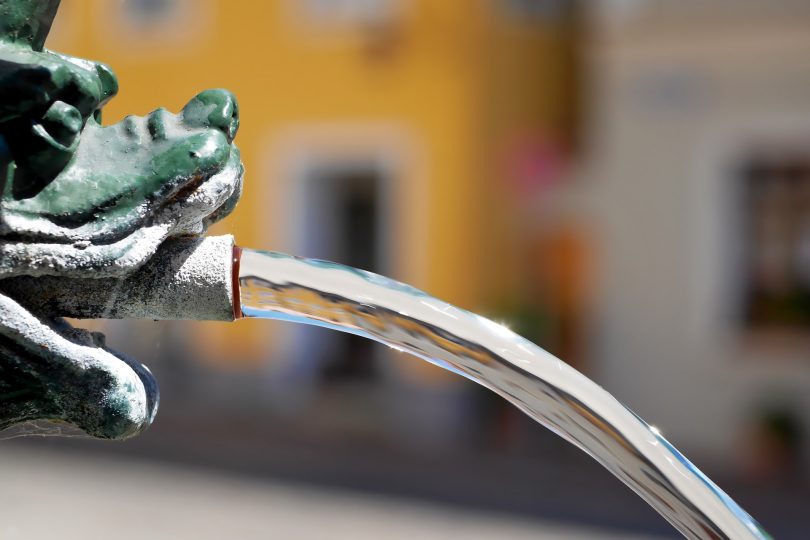
Whether you’re living in Barcelona, planning to move to the city, or just visiting for a few days, you’re probably wondering about the city’s water quality and whether or not it’s safe to drink the tap water.
Here’s a look at the water quality in Barcelona to help you make the decision between stocking up on bottled water or drinking straight from the tap.
Table of Contents
What you should know about Barcelona water supply
The first thing to consider when determining water quality in any city is the water’s source. In Barcelona, the city main tap water supply comes from two rivers: the Ter and the Llobregat.
The Llobregat, which supplies the city with the majority of its water, has very high levels of minerals such as potassium and magnesium.
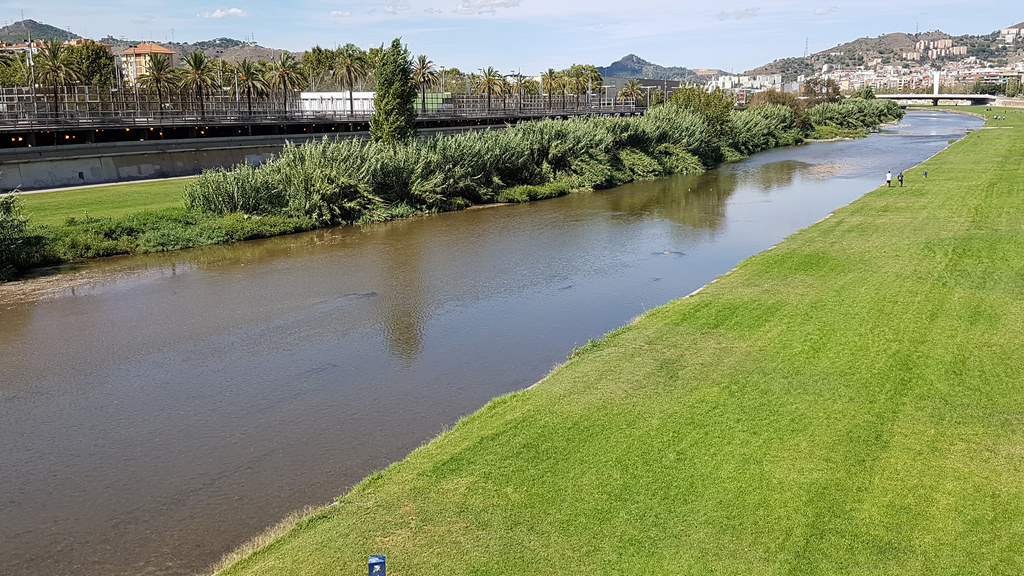
Photo via Visualhunt
Because the river passes through a very salty region northwest of Barcelona near the town of Súria, the water fro the Llobregat tastes much better in areas before the river reaches Súria.
Afterwards, it takes on a very salty taste. Barcelona does have desalinization plants, but they can only handle about 20% of the city’s water demand and are very expensive to operate.
The bad taste of the water in Barcelona comes from the high salt levels, the osmosis process the water goes through to remove some of the salt, and the high levels of chlorine used to protect it from contamination.
Is water in Barcelona safe to drink?
The water in Barcelona might not be the best tasting in the world, but according to the General de Sanidad and the local water company in Barcelona, Aigües de Barcelona, the water in Barcelona is perfectly safe to drink.
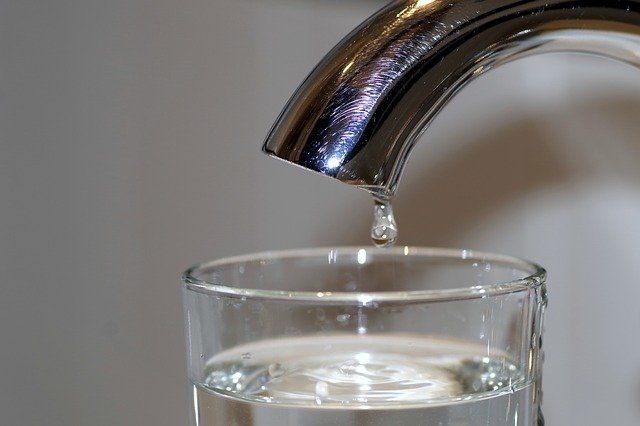
Photo via Pixabay
The city water meets all international health standards, including those of the EU and WHO. There is no scientific research that shows the tap water in Barcelona could make you sick.
Can you drink tap water in Barcelona – drinking bottled water or not?
Ultimately, the decision between bottled water and tap water is entirely up to you. While the tap water in Barcelona is absolutely safe to drink, it’s true that bottled water tastes much better.
Bottled water has its disadvantages too, of course, including the additional cost and the consequence of even more plastic waste in the environment.
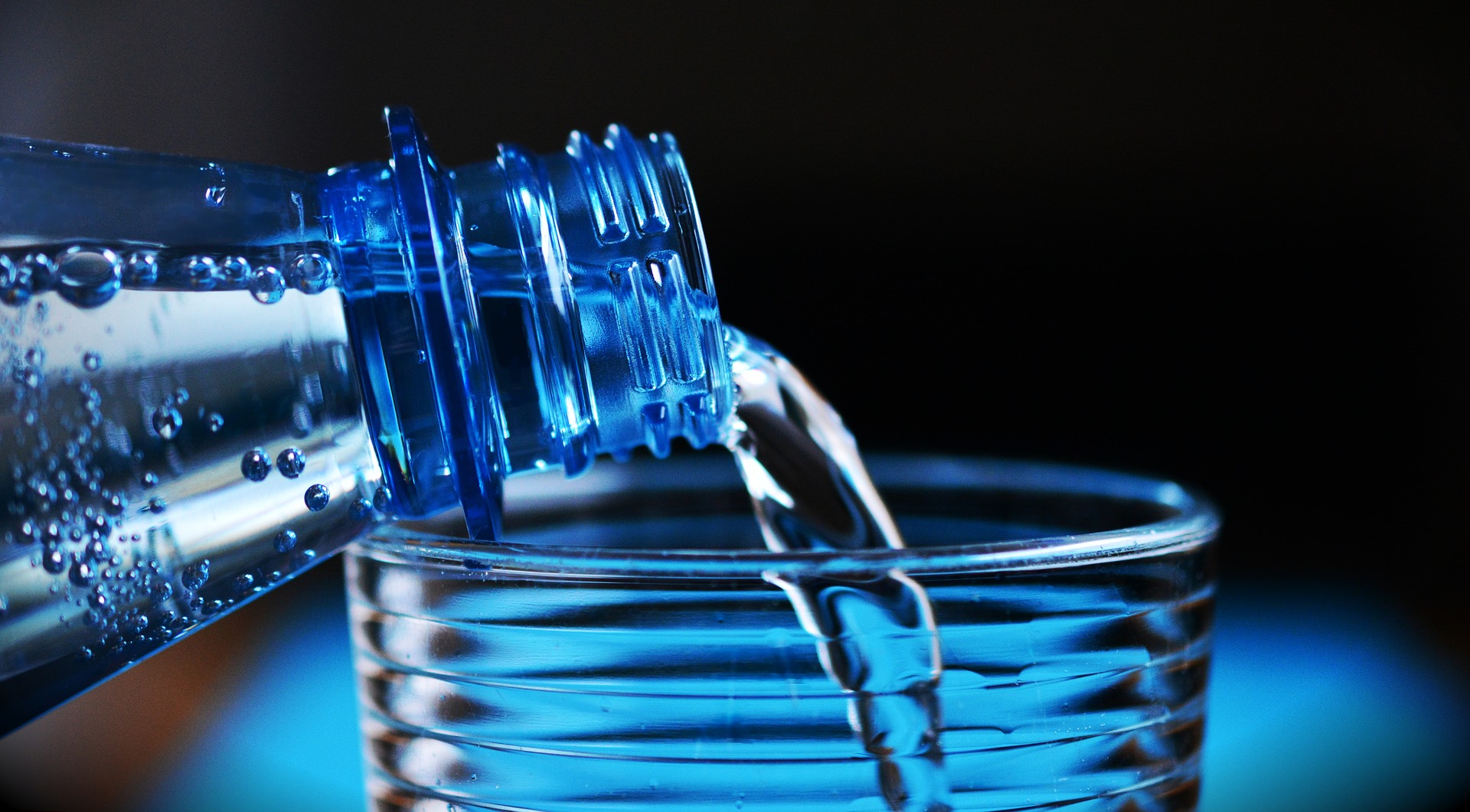
Photo via Pixabay
There are, however, other options such as purchasing a water filter for your home, which can actually be quite affordable compared to always buying bottled water.
Whatever your decision, the most important thing is knowing where your water comes from and what kind of processes it goes through before reaching your glass in order to determine the best choice for you.
What do you think of the tap water in Barcelona?
Share your thoughts!

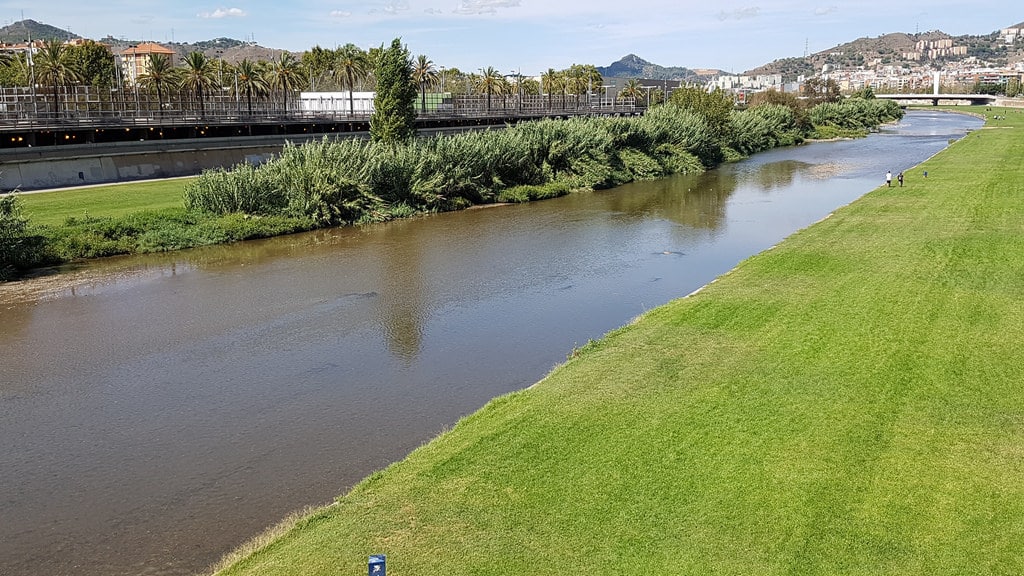
Leave a Reply